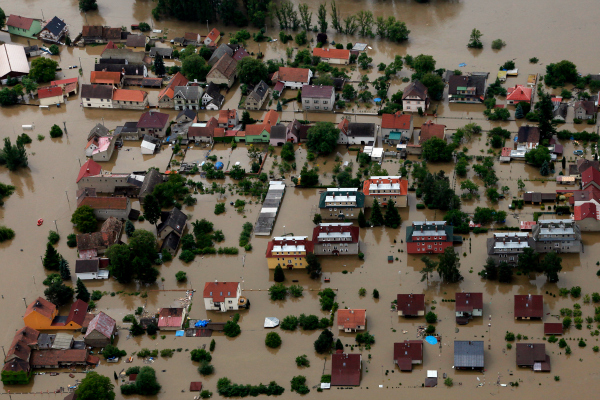
While reinsurers have managed to defend against a rising tide of natural catastrophe losses, more de-risking efforts, new opportunities and further re-pricing measures will all be required for the market to withstand the challenges of climate change.
In a Moody’s report, the rise in natural disasters over the last five years has increased losses for global insurers and reinsurers in tandem with the rise in economic losses.
Insured natural catastrophe losses averaged about $100 billion, with 71% of the losses occurring in North America, followed by 12% in Asia and 11% in Europe.
High inflation is pushing up the cost of materials and labour, exacerbating the impact of post-pandemic supply chain disruption.
Reinsurance industry as largely resistant to these trends, thanks in part to the significant rate increases that have been pushed through, as well as efforts to enhance catastrophe models and to cut business in unprofitable areas.
Rising physical climate risk as a result of chronic, slow-moving trends such as rising sea levels, as well as increasing intensity of rainfall and extreme temperatures creates additional underwriting and risk management complexity, it warns.
Given their business mix and global exposure to catastrophes, reinsurers typically have a highly negative exposure to physical climate risks, but for now Moody’s continues to rate them favourably due to their ability to reprice their policies yearly, while maintaining high-quality investment portfolios, healthy capitalization and strong liquidity.
But the approaches to climate risk employed so far will not work indefinitely as some reinsurers may find they are enable to significantly reduce their footprint in high-risk areas – as they have done in Florida and California – without eroding their broader market presence.
To offset this trend, the market will have to begin exploring ways to manage the evolving risk through new products and opportunities, such as coverage for hydro-power development and wind farms.
A new risk/reward equilibrium will likely require collaboration between reinsurers, primary insurers, governments, companies and individuals to better understand climate risk, and to develop more effective adaptation and mitigation strategies, Moody’s added/
In particular, it highlighted talks at the recent COP 27 event, when industry leaders emphasized the need for adaptation and for financing climate resilience through investments, which will likely prove beneficial to reinsurers, especially in high-risk markets.
by Yana Keller




